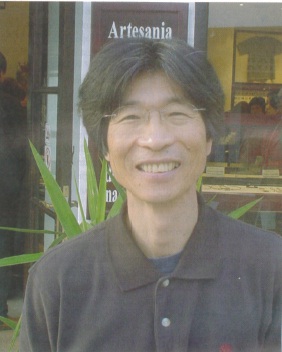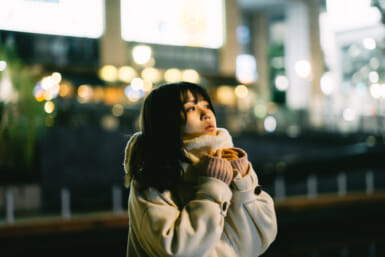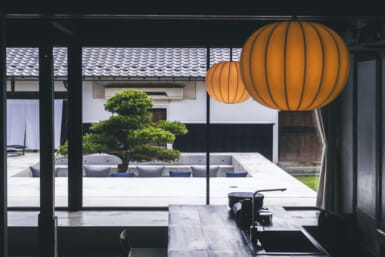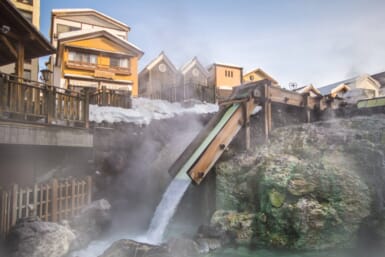Yosuke Kayukawa — A Japanese entrepreneur in Spain
by Kirk R. Patterson
Yosuke Kayukawa (55) makes jewelry and other items and owns two shops in Mijas, a small town in Spain’s Costa del Sol region. Originally from Gifu Prefecture, he has lived in Spain for over 30 years.
What led you to settle in Spain?
Ever since I was a junior high school student, after seeing an NHK drama that had something about ‘overseas’ in it, I dreamed of leaving Japan. Out of high school, I worked in my uncle’s import/export company, but I couldn’t imagine staying there forever, so I quit after a year. I then did a variety of odd jobs (working in a coffee shop, in a batting center, as a garbage man, and so on) to save money to go overseas.
In 1972, at the age of 22, I left Japan, taking the Trans-Siberian Express to Moscow and then a plane to London, where I started to attend English-language school. However, I got caught up in the London scene, going to concerts and discos every night… and going through all my savings in one and a half years! At that time, at the Portobello Market, there was a Japanese man who made and sold jewelry, and he taught me how to make brass bracelets, pendants, and other items. So that’s how I started making a living from selling jewelry. In 1974, at the language school, I met a Spanish woman, Chelo, and, a year later, we got married and moved to Spain.
In Spain, you continued your jewelry-making?
Yes. Initially, we were going back-and-forth between Madrid (my wife’s hometown) and the Costa del Sol (south coast). We finally made the decision to move to the Costa del Sol in 1980, which is when our daughter, Yesika, was born.
From 1975 to 1982, I was doing business ‘hippy-style,’ selling my products illegally on the street in Mijas and at open markets in various towns along the coast. In 1982, 1 got a permit to be a street vendor in Mijas, so that’s where I have been based ever since.
While selling in the open markets, I met an Iranian who taught me the techniques for using dried flowers in jewelry. Based on that, I developed my own unique flower-motif designs and products, and these are now my best-selling items.
Supporting a growing family by selling jewelry on the street and in open markets must have been tough.
Yes, it was. For 20 years, I had no holidays (except one annual two-week holiday in the winter). Physically, it was very tiring being outside every day, year-round, in all kinds of weather. I worked every day, including Saturdays and Sundays, leaving home at 7am and returning home at 2 or 3am — I sold jewelry during the day and then made new items at night. And while I was away, my wife was busy doing the flower motifs that I would later enamel. Without my wife’s support, it would have been impossible to build up the business.
Once you got your Mijas vendor’s permit, how did your business develop?
Initially, I was selling from a little cart, and then I got a larger cart with a cover to protect me and my wares from the elements. Finally, in 1997, I opened my own shop, Amapola, and since then my business has been growing steadily. I opened a second shop, in 2001, that sells mainly my own ‘ene’-brand T-shirts. I now have ten staff members, half of whom are Spanish and half of whom are Japanese (to take care of the many Japanese who come through Mijas on package tours). My staff now make most of the jewelry and other items, allowing me to take a bit more time off.
What are your plans for the future?
I plan to work until I am about 65. Then I want to spend more time with my wife, doing whatever she wants because of all the selfless support she has given me over these many years.
Having been outside of Japan for all this time, what observations do you have about Japan?
Looking back, I think it is very sad that members of my generation have just worked for society or the company, without doing things for themselves. At the same time, it seems that young Japanese today lack gaman (perseverance) — they give up too easily.









